Armenia's land is filled with mountain ranges and plateaus with valleys and plains in between. In fact only 10% of the country lies below 1000m. On our trip south from Tbilisi to Yerevan, the windows of the packed minibus afforded but fleeting glimpses of the landscape and towns along the way. On an overcast morning with constant threat of rain, we headed north of Yerevan to see some of the most popular tourist destinations in the country.
Our first stop for the day was Tsaghkadzor (Gorge of Flowers), a resort town that was used by Soviet athletes to train for the winter olympics. The ski center is the hub of activity in winter but the town was yet to see snow this season. Too late for the flowers and too early for skiing, we instead went see the Kecharis Monastery complex that consist of several churches, chapels, vestry etc. The interior decoration is modest in order to not distract from the primary business of praying. Inscriptions on the inner walls of the church tell of its history in an ancient version of the Armenian language. Having suffered destruction of books and records in the hands of foreign invaders, the builders wanted to leave information on something more permanent. We were told that these writings are deliberately in code making it difficult even for those who can read the language to decipher. The idea was that invading troops would ignore and avoid vandalizing something they did not understand.
Back on the highway we went past Lake Sevan, the largest freshwater lake in Armenia. It is a popular summer getaway and we stopped briefly by its shores for some photos. Since it was very late in the season there wasn't much going on either on or around the lake. Under grey skies, the lake appeared grey as well, nothing remotely close to the dazzling azure that the tourist brochures used to describe it.
At the northwestern edge of the lake there once was an island but due to falling lake levels (since 1950 when they started to divert water for irrigation) the island is now a peninsula. The retreating waters have exposed forts, houses and artifacts dating back several hundred years and the peninsula has been designated a National Park. We viewed the peninsula and the Sevanavank monastery which stands on it only from a distance.
Dilijan is another popular resort town in the north. It is said to be home to artists, composers and other creative types and it is easy to see why. The town and the surrounding hills are thickly wooded with oak and other deciduous trees which were sporting their peak autumn colors at this time. As our bus passed through the hilly, winding roads the thicket of trees on both sides often formed an arboreal tunnel!
We visited two beautiful monasteries around the town of Dilijan. The first was the Goshavank monastery that stands tall on a hill above the village of Gosh. Besides many churches in the complex, the main highlight was a tower on the matenadaran(library) which was once taller than the main church and is said to have held 15,000 books before it was burned by Timur's army in the 13th century.
The other monastery complex, Harhartsin (Dance of Eagles), is a more extensive complex that was built in the 12th century by two brothers who were princes of a nearby kingdom. It lies deep within a lovely forest and the surrounding hillsides were ablaze with color. Some interesting features here included the brothers' seal at the back of the church, a sun dial and a large refectory with interlocking stone beams forming the roof.
According to our guidebook, a particular image of the Virgin and Child has distinct Mongolian features - added to convince the next wave of Mongol invaders not to destroy the church. What are the chances of a future Gengiz or Timur sweeping through large parts of the world leaving death and destruction in his path ?
Google Maps Link

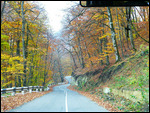
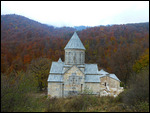
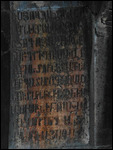
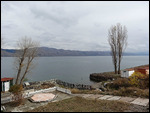



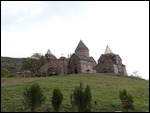
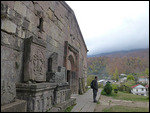
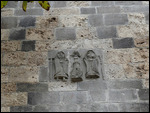
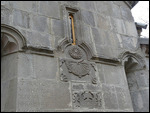
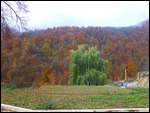
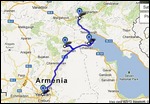
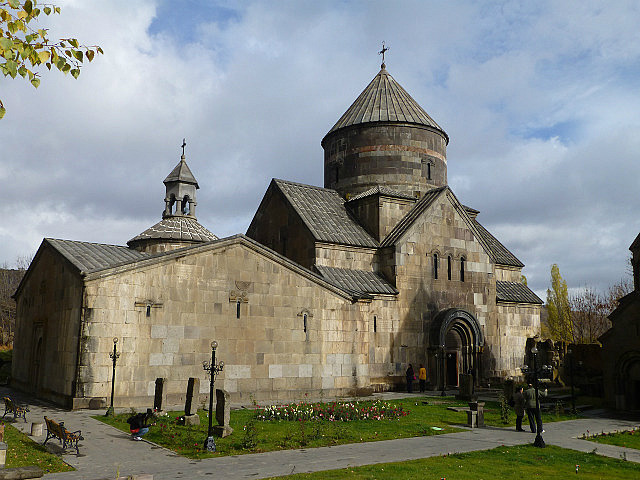
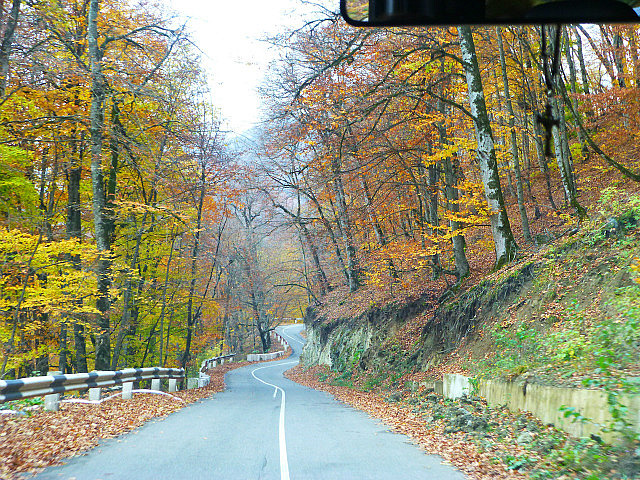

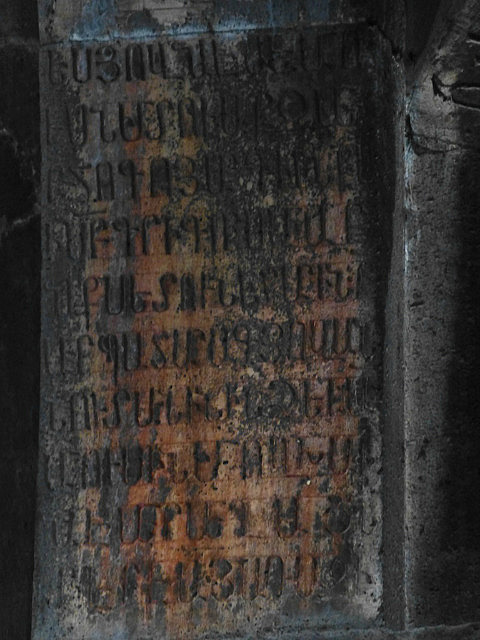
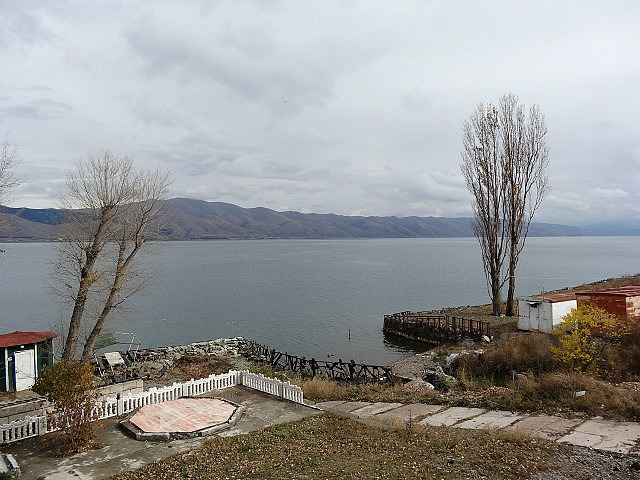
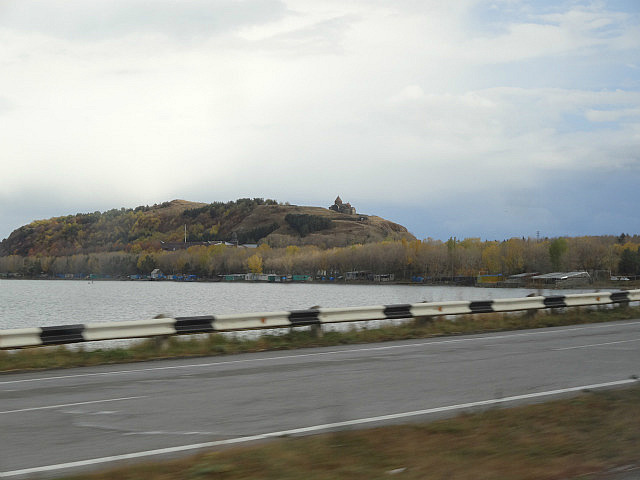

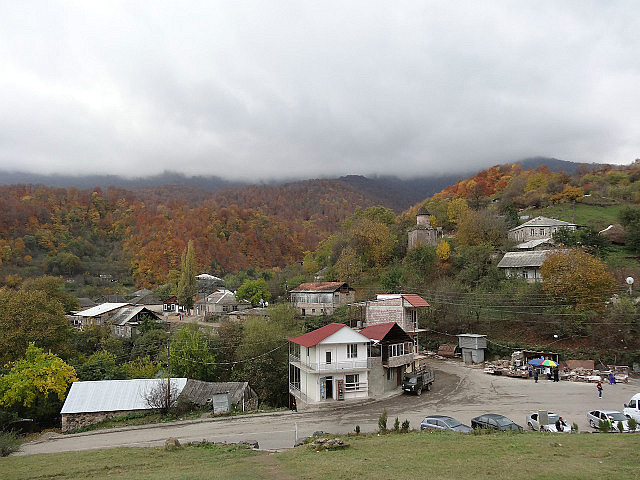

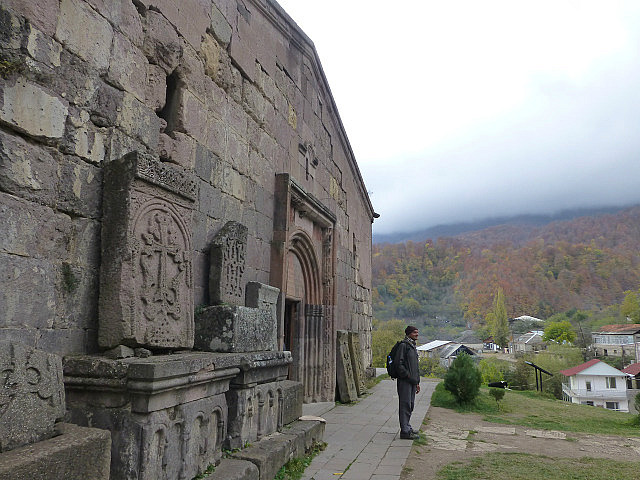

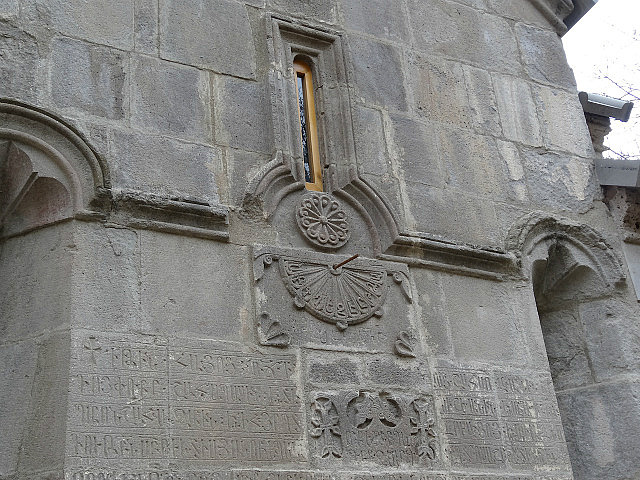
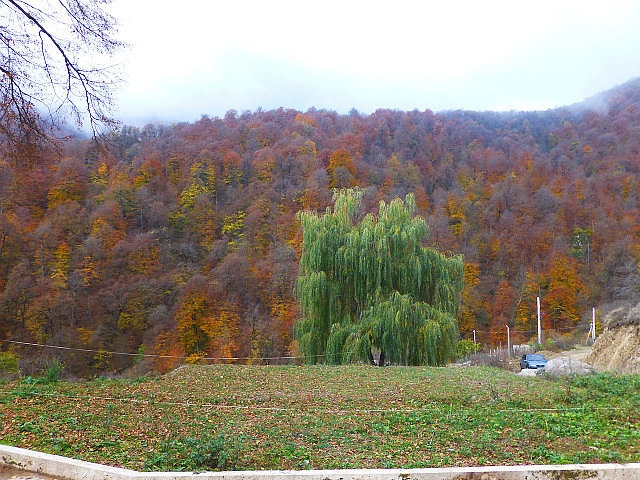
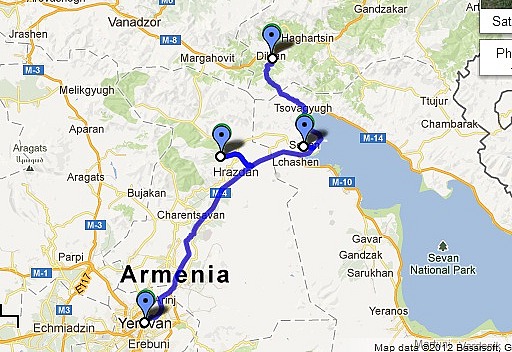
Comments